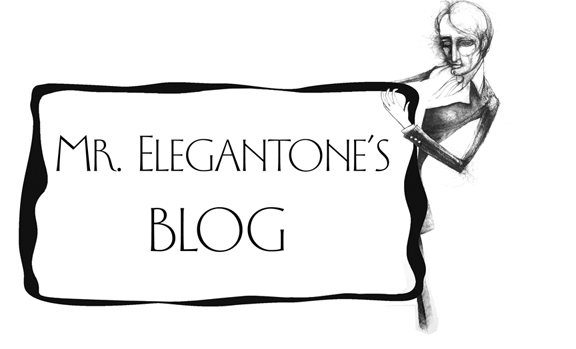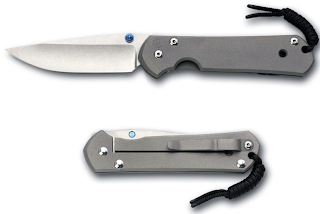These days there is always an easier & quicker way to do things- technology has advanced and the 'old ways' of hand crafting have been forgotten in many arts.
One such art is the hand-made 'Pietra Dura' (i.e, stone marquetry) panels created from the 16th Century and on in Italy (Rome initially, then perfected in Florence thanks to the Medici family....then ultimately working its way to Agra in India). These days the art of Pietra Dura continues, but is limited to just a few producers due to the cheaper water-jet cut CAD-designed pieces produced by any marble shop. This saddens me.
Let's look back...
This amazing piece was done the 'old way'.
1) The visible marble is actually about 3mm thick- these were cut from the slabs using rudimentary cutting wheels
2) the design was drawn out on the main sheet of marble (typically black, but also white, etc...), then the design cut out (using hand held wires coated repeatedly with abrasive powders...laborious and slow work)
3) colored stones of the same dimension were then cut to replace the voids- cutting the edges at a slight angle so the face of the colored stone was flush with the front but could not fall through.
4) when the colored stones were all in, plaster was pasted thinly on the back to set the design- then the whole slab backed with slate.

table top

trompe l'oeil table top
These days even the hand-made pieces by
Ugolini Firenze use mechanical cutters & shapers....so nobody does it the hard way anymore.
The last 'atelier' that made pietra duras in the true sense was Montici Marbles- the small shop created by
Richard Allman Blow in the 1940's.
It took a fabulously wealthy American (from a prominent family) to invest his own fortune buy a house in Santa Margherita a Montici (in Florence) and revive this art by hiring the best people still left in Florence still capable, including the head of the
Optificio delle Pietre Dure (the institute that housed a museum and restoration center for this art). He even bought surplus marble stock from the Medici family inventory that had been used centuries earlier to repair parts of the Medici Chapel.
Mr. Blow would sketch the designs- usually Modernist designs, not traditional...and his skilled work force (just several people) would do the work. His shop produced fewer than 1500 works, and ended in 1992 with his death. Here is what he achieved.
 'Hand'- available for sale
'Hand'- available for sale






































